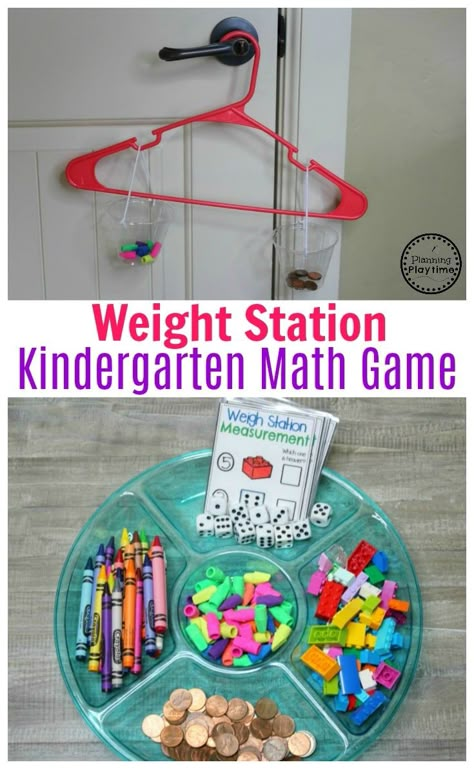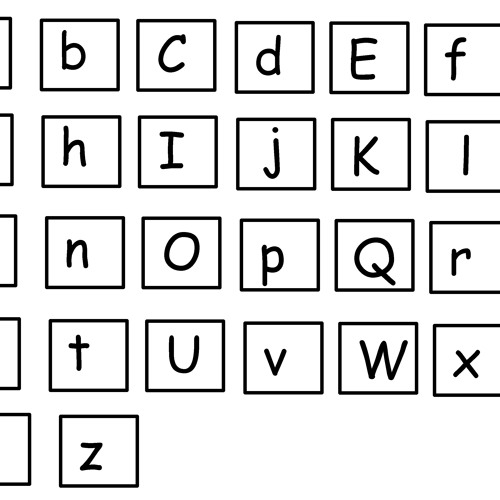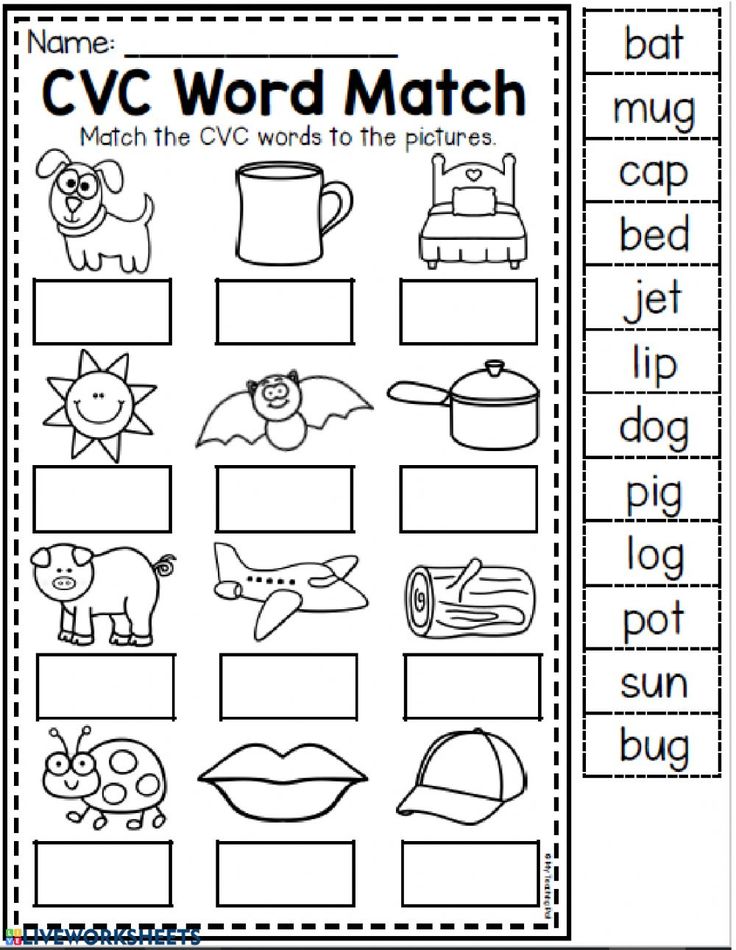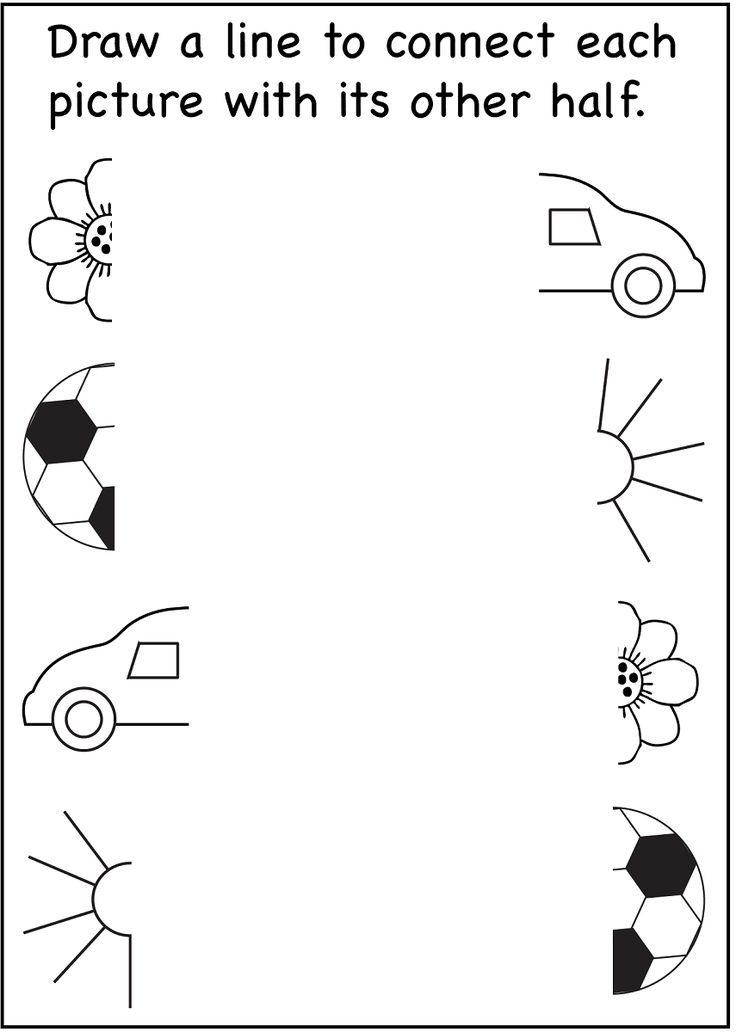Reading levels in kindergarten
Kindergarten Reading Level Guide to Encourage and Improve Reading
Development takes place at different stages. Although teachers strive for a certain kindergarten reading level, children will not develop at the same pace.
What Is the Ideal Kindergarten Reading Level?
In kindergarten, the ideal reading level is starting at Level A and working up to Level D.
This is so they can move into reading texts at advanced levels as they continue to progress. These levels are designed to align with children’s development.
Knowing what the reading levels are, however, is not nearly enough. It’s important to discuss how much a student can read—how slowly, how fast, and how well.
Also, make sure you know how and when students are getting their reading lessons. It’s important to know how many lessons, at what time of the day, and what type of books they are getting. It can help to have a system.
Kindergartner reading photo by Jerry Wang on UnsplashDifferent Levels of Reading
Level A
Kindergarten reading at Level A helps children with their behavioral development towards reading. This level uses lots of sight words, rhyming words, and compound words.
Children start reading whole words and learn to read sentences with very simple vocabulary. This level uses repetition and guided instruction for learning.
Level A readers work on developing the following skills:
- Knowing the sounds of oral language
- Pronouncing words
- Finding words
- Identifying pictures
- Following a story
- Reading for information
- Using context clues and illustrations
Level A reading is essential to kindergarten. The skills that are practiced are all-inclusive. The skills learned, assist in developing and strengthening your child’s reading skills.
Level B
Level B reading is for learners who have basic reading skills. This level uses proficient vocabulary in everyday situations and includes some narratives. The grammar is simple.
But, reading comprehension and understanding of text require a dictionary and some prior knowledge of the materials.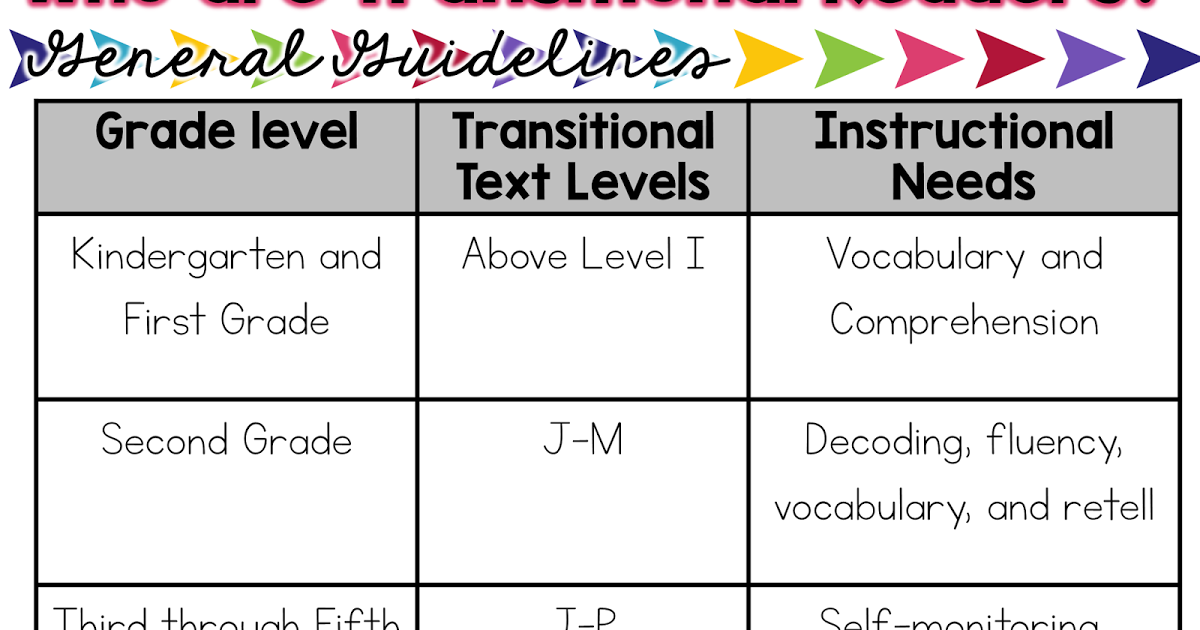
Readers at this level have a difficult time reading long paragraphs. Concepts such as blended words are often difficult for this level because.
Level B readers should have the following skills:
- Can read short words or phrases
- Has good oral expression and oral comprehension
- Understanding of cause-and-effect relationships
- Understand definitions and simple illustrations with no need for further explanation
- Comprehends long words and sentences
- Has a basic understanding of the context
- Understand basic math formulas
- Understands basic colors and shapes
Level B reading helps children to become more confident and expand their vocabulary. It also allows them to have fun, play successfully, and engage with others.
Level C
Level C reading is the point between being a basic reader and a literary reader. The literary reader can use reading for enjoyment, to convey meaning, and to enrich their lives. But, they cannot be expected to read challenging texts.
But, they cannot be expected to read challenging texts.
Their reading abilities will not be as deep as they would be if they read above an educated reading level.
Level C readers develop the following skills:
- A basic understanding of reading and the English language
- Knowledge of reading strategies
- Understanding of various forms of writing (letters, numbers, and words)
- Knowledge and understanding of how the main elements of texts (sentences, paragraphs, and articles) help to communicate meaning
- Understanding how the main elements of texts (stories, plays, novels, short stories) enable the reader to enjoy and learn from a story
- Comprehend the meaning of the story
- Learn from the story
- Understanding the importance of vocabulary to read and learn.
Readers at this level are not limited by their age. If children are ready and eager to read, they should be offered reading materials that challenge them.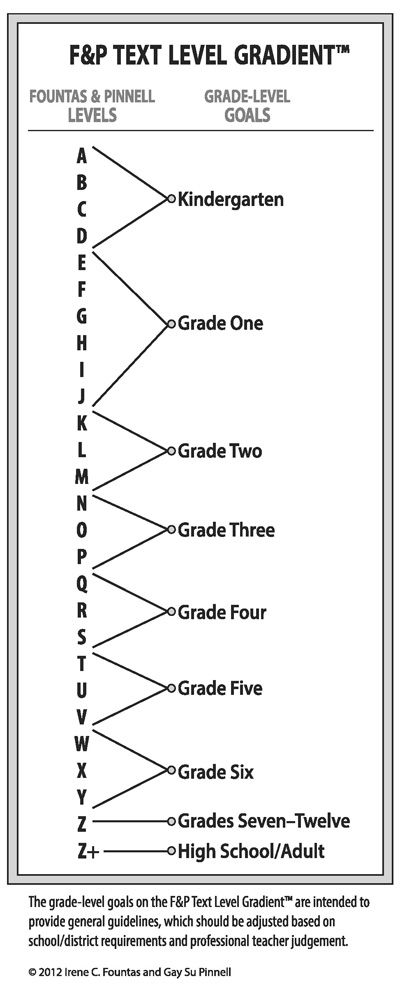 This level helps children to understand that the world around them changes and develops and that they are not static beings.
This level helps children to understand that the world around them changes and develops and that they are not static beings.
Level D
This level of understanding focuses on the ability to think critically and make logical judgments. Students at this level are capable of solving problems. They have a solid understanding of how to work with multiple ideas to express themselves.
They have learned to read to expand their knowledge. This helps them as they progress with their reading development and comprehension.
Level D readers should possess the following skills:
- Know how to read a variety of books
- Can find specific information within the text with the use of a dictionary or thesaurus
- They have an eye for detail and can write well-developed paragraphs
- Can draw conclusions and write clear sentences that are free of spelling and grammatical errors
- Differentiate between nouns, pronouns, adverbs, adjectives and, verbs
- They can read a variety of content and summarize information within their reading
- They understand what to include and what to leave out in a sentence
Readers at this level should have advanced reading abilities.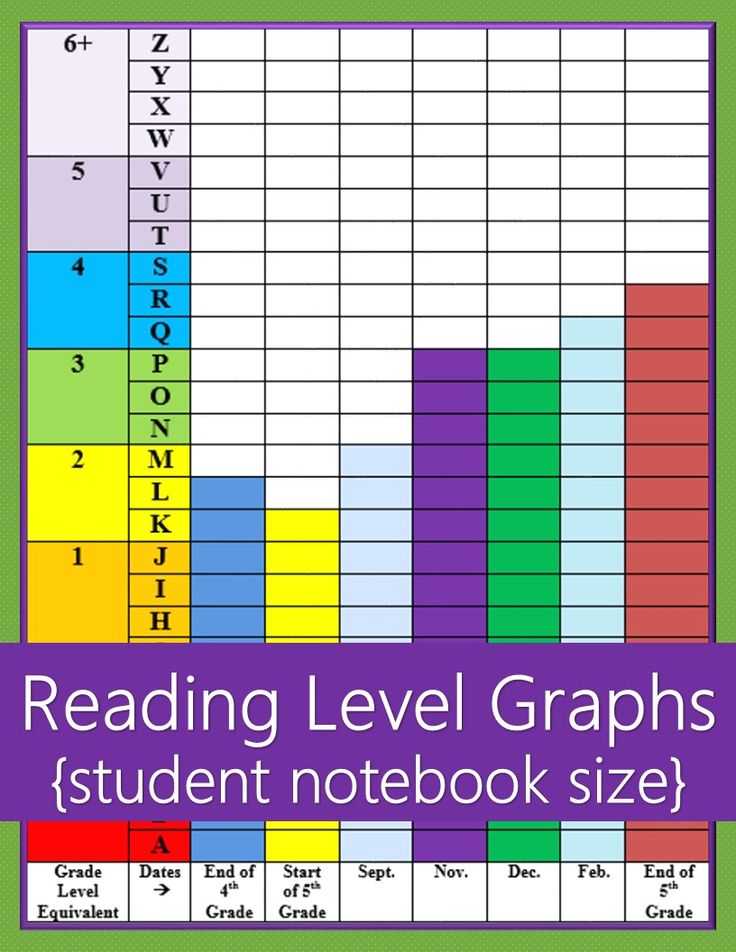 They are capable of reading and writing at a level that is advanced in the primary grades. Let’s look at why it’s so important to develop reading at this stage.
They are capable of reading and writing at a level that is advanced in the primary grades. Let’s look at why it’s so important to develop reading at this stage.
What Is the Importance of Developing Reading at This Stage?
The importance of developing reading at kindergarten level is to create a firm foundation of the language for the reader. First-grade reading tools will emerge stronger than either previous grade level thanks to these kindergarten foundation skills.
Children with these developed skills can learn how to apply their acquired vocabulary and understand the text. What happens is that they understand more text in the first grade than they did in kindergarten.
They understand different concepts in the text. These include words, parts of speech, paragraphs, sentence structure, word parts, and a lot more. Children know how to apply word parts to make new words and sentences, which is essential to reading comprehension.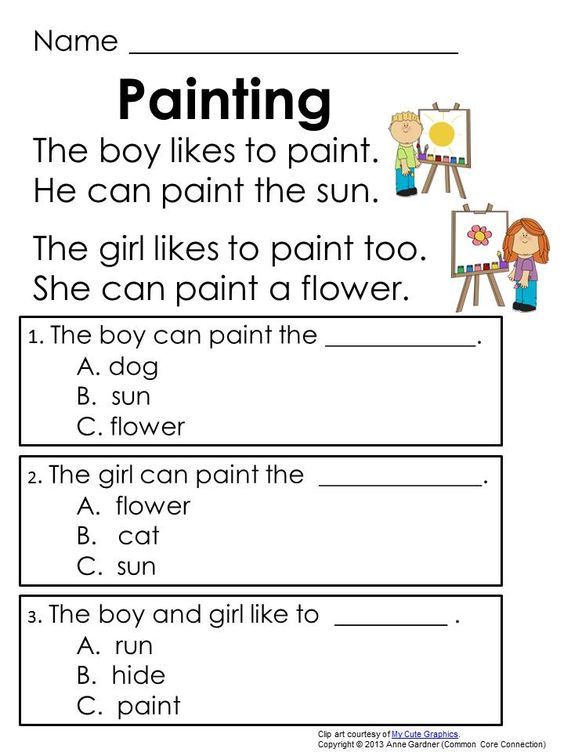
So many kindergartners are not as prepared to learn reading. They have not mastered pre-reading skills such as phonemic awareness, phonics, letter identification, and letter/word pairs. This lack of development and understanding holds them back as they progress in school.
Final Words: How Do I Help My Kindergartner Improve Their Reading?
To help your kindergartner improve their reading, make sure they understand the mechanics of decoding and identifying the individual sounds of letters and words.
Read the same story to them repeatedly and break it down. This is so your kindergartner can recite the story in their head. This will help them develop confidence and understanding of what they are reading. Keep in mind, that this is an ongoing process.
It is a good idea to read to your young child often. This will help to develop their sense of independence and their love of books. It also helps to develop their reading skills!
Kindergarten Reading Level Examples - Reading Elephant
Kindergarten reading level examples can help parents understand how their child is progressing.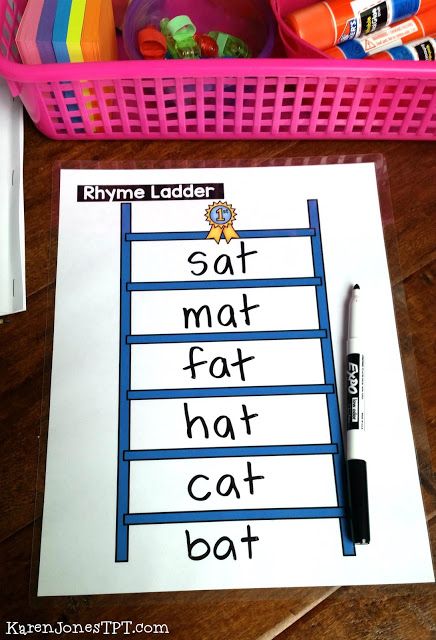 Every school has different Kindergarten reading standards. While some expect Kindergartners to read sentences with uncommon words, others simply expect Kindergartners to know some sight words and short vowel words (like cat, dog, fit, Ben, ran…etc.). Though there is some variation among schools, it can be helpful to get some perspective on where your Kindergartner is on the learning how to read journey.
Every school has different Kindergarten reading standards. While some expect Kindergartners to read sentences with uncommon words, others simply expect Kindergartners to know some sight words and short vowel words (like cat, dog, fit, Ben, ran…etc.). Though there is some variation among schools, it can be helpful to get some perspective on where your Kindergartner is on the learning how to read journey.
I’ve created a rough guideline with some sample Kindergarten reading level examples. The examples can offer some insight on your Kindergartners’ reading skills.
Early Kindergarten Reading Skills
In early Kindergarten, instruction is dedicated to letter sounds. After a child masters letter sounds, they start stringing sounds together to read short vowel words. Early Kindergartners also learn a handful of common sight words like “the” and “said”—words that allow them to actually read books. Typically, they start with low-level short vowel phonics books.
Early Kindergarten Reading Level Examples
In early Kindergarten, kids start learning how to read passages like the following:
The cat ran to the mat.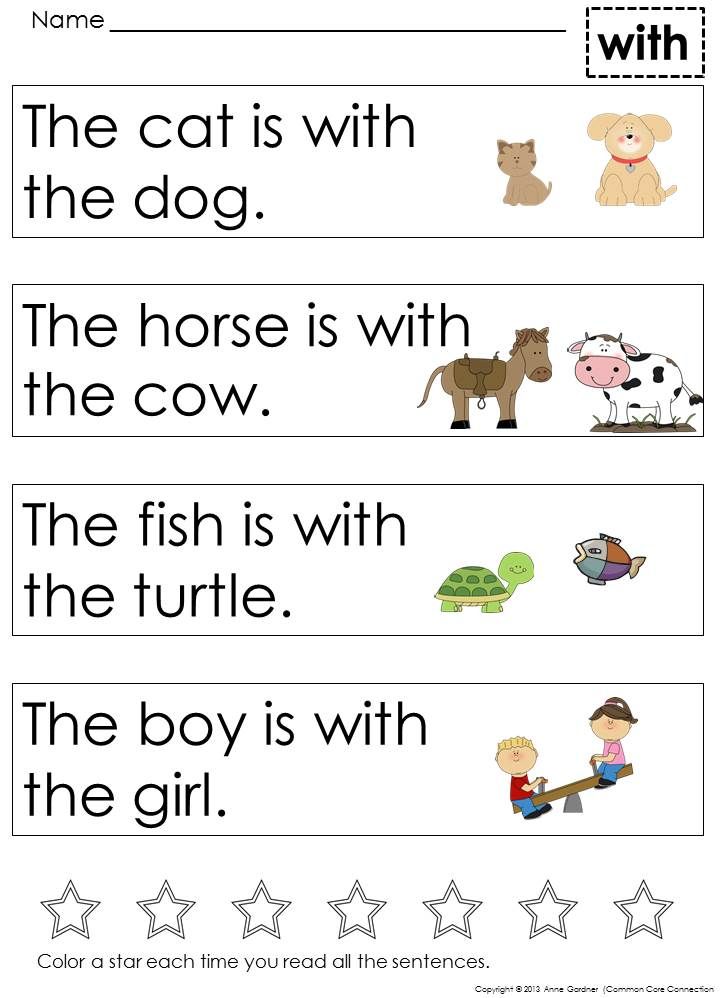
“Jen has a red hat,” said Matt.
They pet the big T-Rex.
Mid-Kindergarten Reading Skills
By mid-Kindergarten, students know how to read consonant digraphs. There are many consonant digraphs. Some consonant digraphs include “sh,” “ch,” “th”…etc. Consonant digraphs are two letters that make one sound. Kindergartners also learn more sight words. Since their sight word repertoire grows a little bit, they can read books with sentences that are a bit longer.
Mid-Kindergarten Reading Level Examples
They were at the shop. They had some fish and chips.
Beth has many cats. One of the cats is red. The other two cats are black.
There were a lot of people at the zoo. Mom said we could see the bats and big cats.
What Reading Level Should a Kindergartner Be at by the End of the Year?
By the end of the year, Kindergartners learn how to read blends. Unlike consonant digraphs, blends are two letter sounds that make TWO sounds.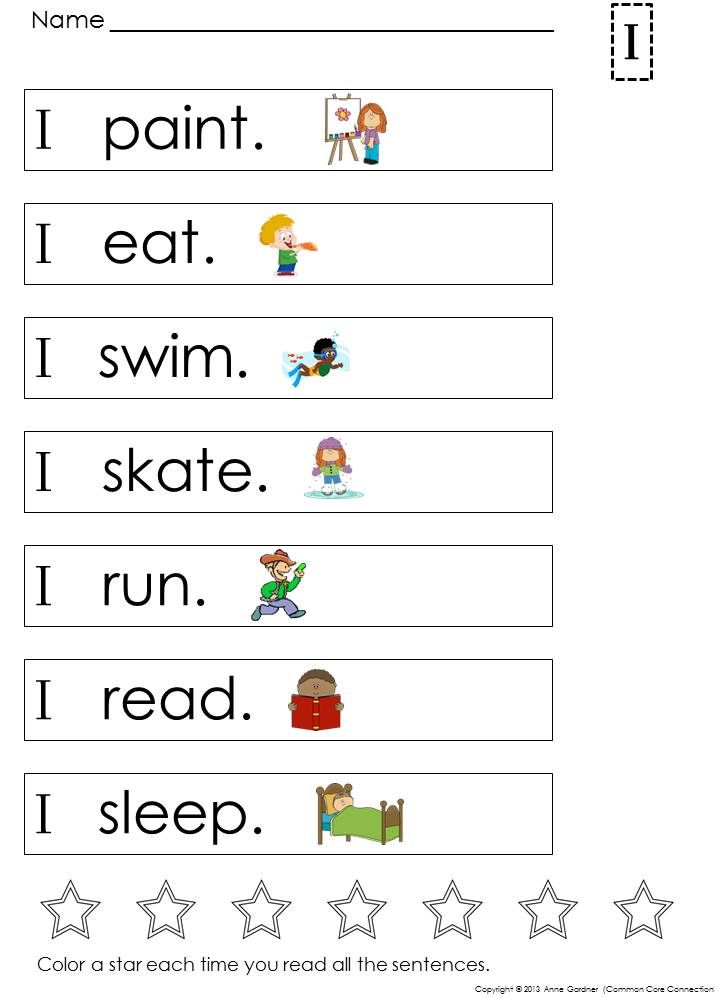 Blends are just letter sounds said in succession like in “slid” and “chimp.” Blends can be a bit challenging for Kindergartners, but they should at least be in the process of learning them. Kids should also know how to read the first 20-30 most common sight words. Though there is some variation, by the end of Kindergarten, kids should master short vowels and read short vowel words with ease. While some kids start off reading 4-8 words correct per minute, by the end of Kindergarten fluency should progress to at least 20-30 correct words per minute.
Blends are just letter sounds said in succession like in “slid” and “chimp.” Blends can be a bit challenging for Kindergartners, but they should at least be in the process of learning them. Kids should also know how to read the first 20-30 most common sight words. Though there is some variation, by the end of Kindergarten, kids should master short vowels and read short vowel words with ease. While some kids start off reading 4-8 words correct per minute, by the end of Kindergarten fluency should progress to at least 20-30 correct words per minute.
Kindergarten Reading Level Examples at the End of the Year
The little chimp swings from branch to branch. Many people at the zoo come to see him.
They like to splash in the water and dig in the sand.
The crab lost his shell. “I will find a new shell,” said the crab. The crab went in a big red, shell. “What a grand shell I have!” said the crab.
End of Kindergarten Reading Skills
Kindergarten reading skills build an important foundation for first grade.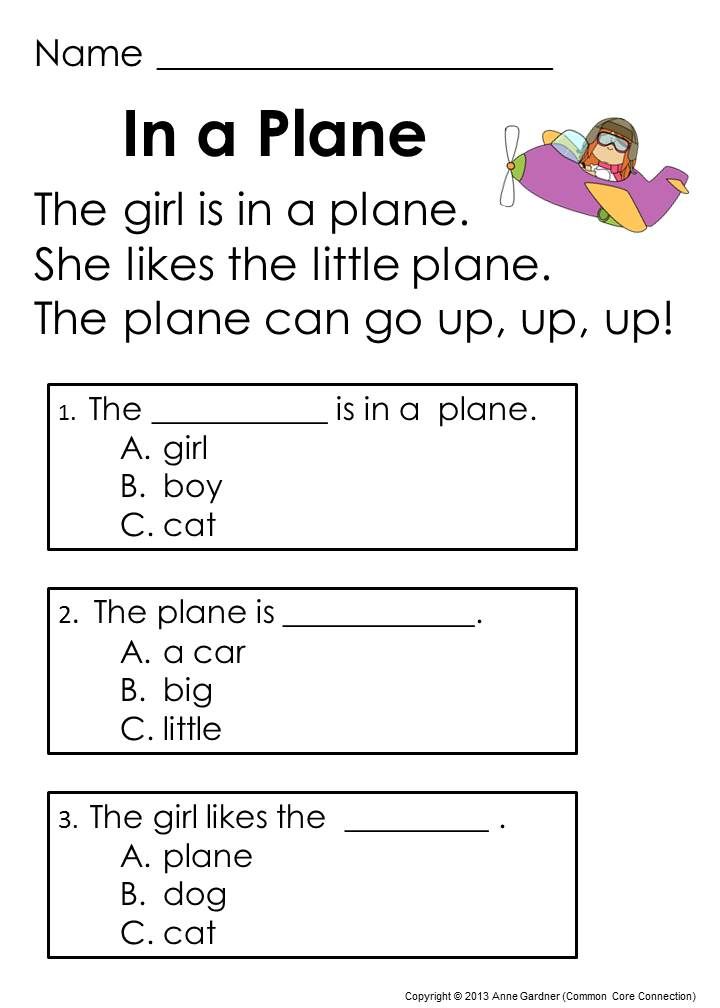 It’s easy to assume that Kindergarten doesn’t matter, that Kindergarten is all about socializing kids into the education system. Yet, when economists studied the value of a good Kindergarten teacher they found that Kindergarten is not only important, but has rippling effects that last a lifetime. Those who had a good Kindergarten teacher see a significant lifetime boast in earning potential. If you’re curious about the study, this is a good link to check out:
It’s easy to assume that Kindergarten doesn’t matter, that Kindergarten is all about socializing kids into the education system. Yet, when economists studied the value of a good Kindergarten teacher they found that Kindergarten is not only important, but has rippling effects that last a lifetime. Those who had a good Kindergarten teacher see a significant lifetime boast in earning potential. If you’re curious about the study, this is a good link to check out:
http://www.npr.org/sections/money/2010/07/28/128819707/the-kindergarten-experiment
Strong Kindergarten reading skills allow children to succeed in first grade. In first grade, there is truly a huge, monumental reading push. If a Kindergarten teacher can add $320,000 of value to a classroom’s lifetime earnings, I wonder what the value of a good first grade teacher is. In first grade, there is so much reading material to cover. It’s important to keep a close eye on your student’s progress. Make sure your student is set up for success in first grade.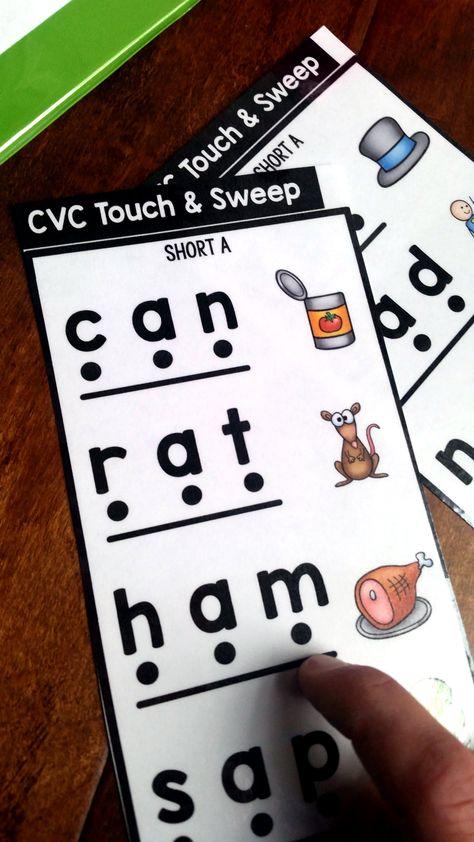
| Development reading techniques. Reading - is a complex psychophysiological process in which visual, speech-motor, speech-auditory analyzers. It is customary to characterize reading skill, naming its four qualities: correctness, fluency, expressiveness and consciousness (semantic component). 3 first components called technical, they characterize the child's reading technique. Quality like correctness is defined as fluent reading without distortion affecting meaning readable. It is expressed in the fact that the student avoids, or, on the contrary, allows substitutions, omissions, permutations, additions, distortions, repetitions of letters, syllables and words. Reading fluency is characterized by a certain number of words spoken per minute. The reading pace is direct dependence on the way of reading and, of course, understanding. Offer exercises to develop reading skills: 1. A column of words. Alternately read the words aloud in a column of words, trying in one minute read this column more and more times. 2. Write letters and read them. Sound workout. a-o-u-s-i-e; a-y, a-o, y-i, uh, uh, aouie, aiuoe; s-z-zh, sh-zh-s, zha-cha-shcha, zhba-zhbe. 3. Read tongue twisters, each time increasing the pace. 4. Select from given the text of the word, in which 4-5 syllables, learn how to pronounce them. 5. Photo eye game. Take a picture (memorize) a few words written by adults and answer to the question, is the word that the adult says in the list or not? 6. Find the desired line in the text (the exercise trains the vertical movement of the eyes across the page). 7. Speed comparison reading known text and unfamiliar. 8. Adult Reading (the exercise develops the speed of pronunciation of words). 9. Find in one minute in the text of the word to any letter. 10. Find a second half word: kos ---- no one's mo ---- ment ko ---- on the forest ---- ta ro ---- wok go ---- sa steam---mos co----torus weight---rod. Organization works: 1. Start a reader's diary, which indicates the author of the work, its title, measurements of technique reading. 2. Check understanding of the read text when measuring the reading technique, using the following options assignments: the child must answer the questions of an adult after reading the text, he make up questions, come up with the title of the read text, formulate main idea, retell the text. 3. When checking equipment read prepositions and conjunctions as whole words. 4. Do not read daily less than 20-30 minutes, 5 minutes training in reading technique, i.e. read the same text several times, each time noting how many words were read per minute, trying to get closer to the norm. 5. Recommended texts writers: A.S. Pushkin, L.N. Tolstoy, M.M. Prishvina, N.N. Nosova, V.V. bianchi, V.Yu. Dragunsky. Here are some more useful tips: 1. Not important duration and frequency of training exercises. What is often possible observe in many families? Mom sits down her son, who is ill reads, for a book and says the following: "Read this tale. Until If you read it, don't leave the table." With that low reading technique, which possessed by a first grader, it takes him an hour and a half to read this short fairy tale. This is an hour and a half of very hard work. Mom allows here a very serious pedagogical error, suppressing the child's desire to read. It was it would be much better if home training was carried out in three portions of 5 minutes. A small paragraph the child reads and retells its content, after an hour or two another portion. Another serving before bed. The effectiveness of such training is much higher than training for an hour and a half at a time. 2. Good results gives reading before bed. The fact is that the last events of the day are recorded emotional memory, and those eight hours when a person sleeps, he is under their impression. The body gets used to this state. 3. If the child is not likes to read, then a gentle reading mode is necessary. Indeed, if the child is not likes to read, this means that he has difficulty reading. Mode sparing reading is such a mode when the child reads one or two lines and after that he will get a short rest. This mode is automatically it turns out if the child looks at filmstrips; two lines under the frame read, looked at the picture — rested. The next frame - again two lines read, looked at the picture again. Can be highly recommended to parents, children read reluctantly, this method of learning. Read in order: a few frames are read by the child, then, when the first signs of fatigue, parents are connected. 4. Found that the development of reading technique is often hampered due to underdeveloped operational memory. 5. Visual dictations. Six sentences of one of the sets are written on a piece of paper and closed with a sheet paper. Then the sheet is shifted down so that the first sentence is visible, and the child reads to himself for a certain time, trying to remember it sentence. The exposure time is usually short: from four to seven seconds. By after this time, the offer is closed and the child is invited to write down him in a notebook. Perhaps someone in the recording process will say: I don’t remember sentence. How to be in this case? You have to be very calm. Without irritation, kindly say: Well, write down what you remember, and in try to remember more next time. This is followed by exposure, reading and memorization of the second sentence. After the offer is hidden its also write down in a notebook. For six sentences of one set, usually from five to eight minutes time. In two months there is an opportunity to develop an operational memory, but on one condition. This condition must be observed without fail. 6. Most effective exercises are the following: repeated reading, reading in tongue twister tempo, expressive reading with a transition to an unfamiliar part text. When conducting repeated reading should take into account that the speed of reading in children is different. Therefore, it is carried out in this way. After the start of a new story read by the parent and understood, comprehended by the child, the latter reads the text in for one minute, after which he notes to which word he managed to finish reading. This is followed by a second reading of the same passage of text. Wherein the child again notes to which word he has read, and compares with the results first reading. Naturally, the second time he read a few words more. Increasing the pace of reading causes positive emotions in the baby, he want to read again. Better to change the job and practice the articulatory apparatus on the same passage of the text, i.e. use the following exercise of the Fedorenko-Palchenko system (reading at a pace Tongue Twisters). When reading at the pace of a tongue twister, attention should not be paid to expressiveness reading, it is impossible to set two mutually exclusive tasks at the same time. This exercise is intended only for the development of the articulatory apparatus, therefore, the requirements for the expressiveness of reading are lowered here, but they are increased requirements for the clarity of reading the endings of words. Word endings should not to be swallowed, only to speak clearly. The exercise lasts more than 30 seconds. Then the third begins an exercise. Invite the child to read the text again, but a little slower, but beautiful and expressive. Do not stop the child, let him read the text before end. 7. Now the last one recommendation - assessment as a stimulus for children. At the end of the reading session Invite your child to self-measure reading speed. Let him read the text for one minute, then notes to which word he has read, recounts read the words and write the result in a kind of diary. Already in a week you can invite the baby to compare the results of a week ago (provided daily reading!). This has a positive effect on the attitude of children to workout. So, the importance of control over the formation of the skill of fluent reading, in my opinion, it is difficult to overestimate. As a result of this work, the difficulty in reading is removed, student fear and insecurity. They develop a love for reading. Materials used in the article - Nikitina M. I. Reading and speech development: Educational and methodological allowance - St. Petersburg: KARO, 2006 - 256 p. - (Series "Correctional Pedagogy"). Kostromina S.N. Study for five in reading. How?.-M.:AST, 2008, 224p. Omorokova M.I. Improving the reading of younger students.-M .: ARKTI, 2001, 160s.
|
How much should a child read at 6 | AMAkids Academy Articles
Every year a child grows up is a new challenge for parents. The school is getting closer, so there are only more worries and questions.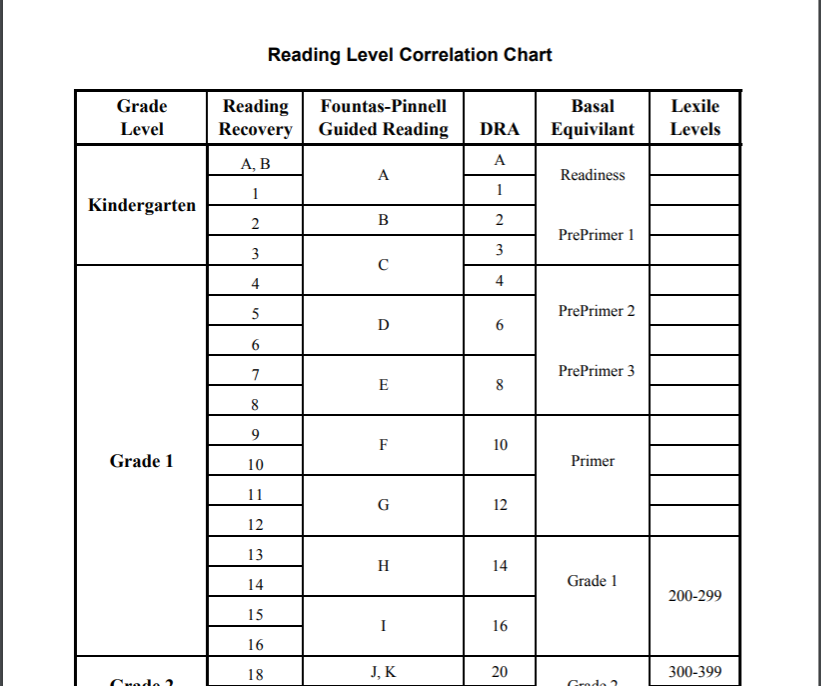 Parent forums and the Internet are ambiguous about whether a preschooler should be able to read. Many people worry that it will be psychologically difficult for a child if he lags behind his classmates, so they make every effort to early education. Others emphasize the freedom of their baby from any obligation and comparison: the school should teach. But the truth is always somewhere in the middle.
Parent forums and the Internet are ambiguous about whether a preschooler should be able to read. Many people worry that it will be psychologically difficult for a child if he lags behind his classmates, so they make every effort to early education. Others emphasize the freedom of their baby from any obligation and comparison: the school should teach. But the truth is always somewhere in the middle.
Should children be taught to read before school?
Reading is a complex process involving vision, hearing, speech and the human psyche. At 5-6 years old, children are most active, inquisitive and receptive to the influence of the world around them. Therefore, the ability to read is a valuable tool for the development of thinking and the formation of personality. Reading activates attention, trains memory, imagination and articulation, helps to cope with hyperactivity. Children who began to read before school are able to master more information than their peers who learned to read later.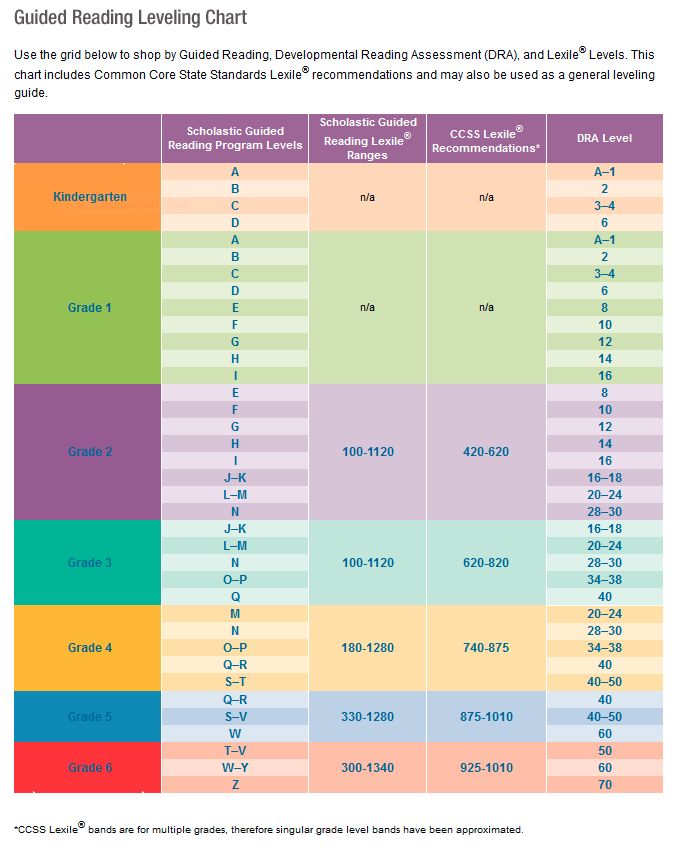 For those who do not read well in primary grades, it is more difficult to assimilate the material in the classroom and do homework. And studies show that this addiction persists and manifests itself in the future.
For those who do not read well in primary grades, it is more difficult to assimilate the material in the classroom and do homework. And studies show that this addiction persists and manifests itself in the future.
Most children enter the 1st grade already able to read at least syllable by syllable. But there is no law in Russia that establishes the norm when and how much a preschool child should read. There is a Federal State Educational Standard (Federal State Educational Standard), which obliges schools and kindergartens to take into account the individual characteristics of children. That is, , they will still be taught to read, and the absence of this skill does not prevent them from entering the 1st grade. However, assessment of the level of preparation is a common practice when interviewing for a school. There are even unwritten lists of what a preschooler should know and be able to do even before his first call.
In addition to mastering basic skills, children must also be psychologically prepared for learning.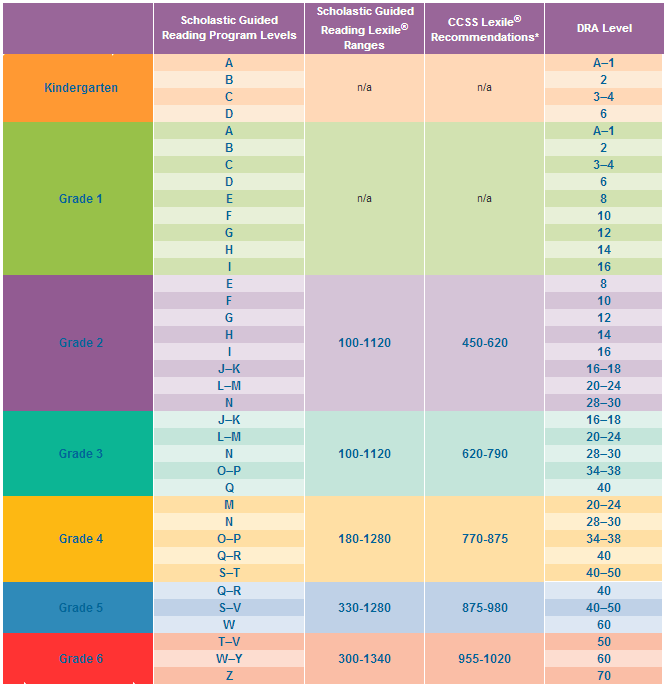 A child who is not used to learning, and now must, will experience stress; especially when surrounded by strangers and unfamiliar walls. The familiar home environment and close people in the role of teachers contribute to emancipation and faster progress.
A child who is not used to learning, and now must, will experience stress; especially when surrounded by strangers and unfamiliar walls. The familiar home environment and close people in the role of teachers contribute to emancipation and faster progress.
Some parents think that reading to children in the 1st grade will be boring, and deliberately do not involve the child in reading. But in the same way, it can be argued that if children do not know anything at all, they will willingly study and show curiosity in everything. If the class is boring, then everyone will be bored.
How many words per minute you need to read at 6 years old
Take an interesting book with large print and a stopwatch. Take one minute. At the end of the time, make a mark with a pencil and count the number of words. Everyone passed this test. Someone did better than others and enjoyed reading for a while, while someone remembers reading speed control as torture. Although now there is no discipline "reading technique", but such a test is still being carried out.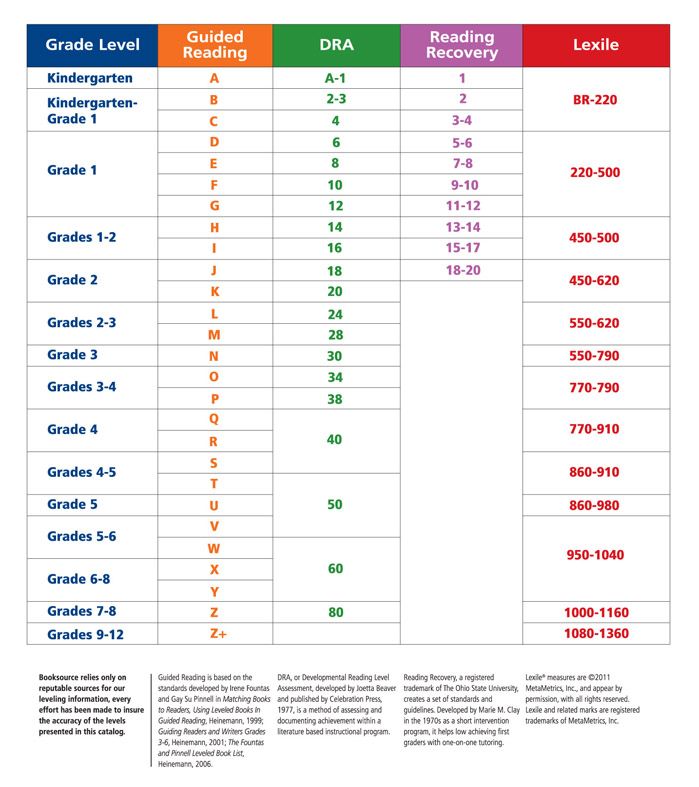 When enrolling in a school, this is necessary to determine the general level of development of the child. In elementary grades, such diagnostics are needed to adjust the training plan. The first official check takes place for first-graders not earlier than the second half of the year, but usually they do not grade.
When enrolling in a school, this is necessary to determine the general level of development of the child. In elementary grades, such diagnostics are needed to adjust the training plan. The first official check takes place for first-graders not earlier than the second half of the year, but usually they do not grade.
School programs may differ, so the estimated reading speed for 1st grade students is 15-30 words per minute. Is it a lot or a little? And how to answer the frequent question “how many words per minute should a preschooler read”? Various surveys of parents show that by the 1st grade more than 70% of children are already reading: some of them - by syllables, at least a third - at a pace of 45 words per minute, and this is already the norm for the 2nd grade. But these indicators are incorrect and very approximate: it is impossible to evaluate the speed of text reproduction in its pure form. The teacher checking the child should focus on the following criteria:
- whether he reads by syllables or reproduces the whole word;
- whether he pronounces letters and sounds correctly, divides words into syllables;
- observes pauses and puts accents correctly;
- whether he understands what he is reading.

Therefore, when teaching a child to read at home, you should not pay attention to speed. The preschooler must learn to read at the pace of his usual speech. But even fast reading is inferior to the ability to retell the text and answer questions about it. You can prepare your child for the successful passing of "standards" by starting to train in advance. And there is no need to chase the success of other people's children.
Teaching preschoolers to read: teachers' advice
If your child already speaks fluently and correctly, builds sentences and understands what is said, you can start teaching him to read. Acquiring this skill is the key to education. But the child should take the first step into the world of great discoveries without coercion. Usually children are psychologically mature for this at the age of 5-6.
Ways to teach reading can be divided into two categories. Among the formal ones: pronunciation of letters, syllables and words, learning the alphabet and playing with words - i.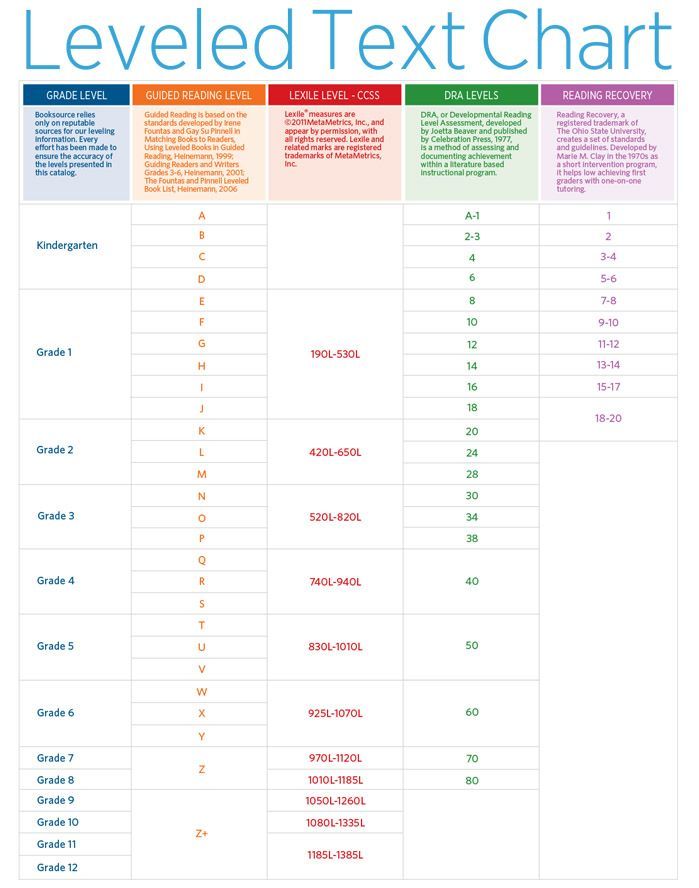 e. all available methods of mastering the mechanics of reading. In informal ways (reading together, discussing books), they try to instill in children an interest in the process and the desire to master the skill on their own. This also includes methods when the child first learns about the concept of “words”, the meaning of words, and only at the end learns the alphabet. However, teachers believe that this method is not suitable for preschoolers.
e. all available methods of mastering the mechanics of reading. In informal ways (reading together, discussing books), they try to instill in children an interest in the process and the desire to master the skill on their own. This also includes methods when the child first learns about the concept of “words”, the meaning of words, and only at the end learns the alphabet. However, teachers believe that this method is not suitable for preschoolers.
The main and common thing for any approach is to stimulate interest. A child cannot be forced: he must comprehend the skill of reading with pleasure and desire. Books should be selected with a large font, simple texts, bright pictures and fascinating topics. Play is the most natural way to learn, and reading can also be learned through play. From the whole variety of alphabets, primers, cubes, books and educational toys, you can choose those that the child will love. In the outside world, letters and words are everywhere: various signs and signs are another opportunity to practice reading.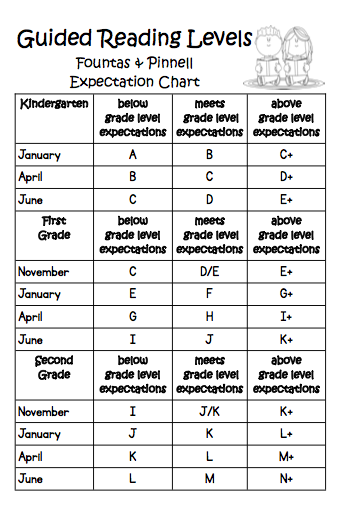 But it is better to postpone learning games if the child is in a bad mood or tired.
But it is better to postpone learning games if the child is in a bad mood or tired.
When a young reader can easily cope with simple books on their own, teachers advise to continue reading to the child anyway. Long and complex stories are not yet available to him, but will keep him motivated to learn. You can reread familiar texts and look for famous characters in new stories. And it is especially important to set a personal example: the child must see and believe that reading is fun and interesting.
Whom to entrust teaching children to read
Whether a preschooler can read correctly and quickly depends not only on intelligence. The success of education can be influenced by the uncertainty of the baby, the lack of family education, physical disorders of the organs of perception and speech. 58% of schoolchildren learning to read have problems of a speech therapy nature - these are the data of the Ministry of Education. And when a child cannot pronounce part of the alphabet correctly, he hears other phonemes and this greatly interferes with reading.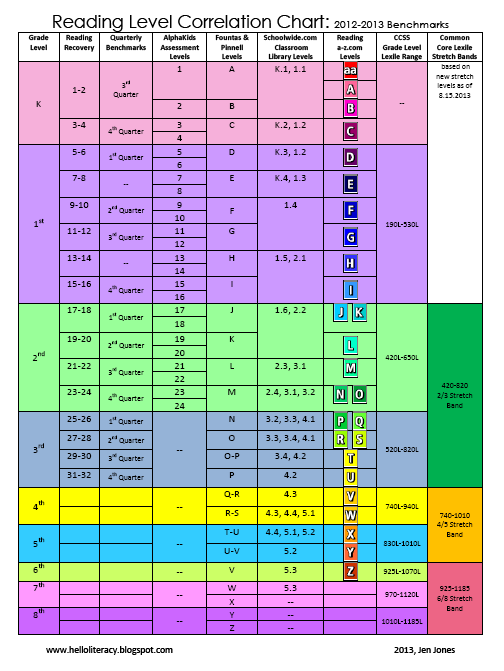

 expressiveness manifested in the ability to reasonably use pauses; do boolean stress; find the right intonation, prompted by punctuation marks; read quite loud and clear.
expressiveness manifested in the ability to reasonably use pauses; do boolean stress; find the right intonation, prompted by punctuation marks; read quite loud and clear. 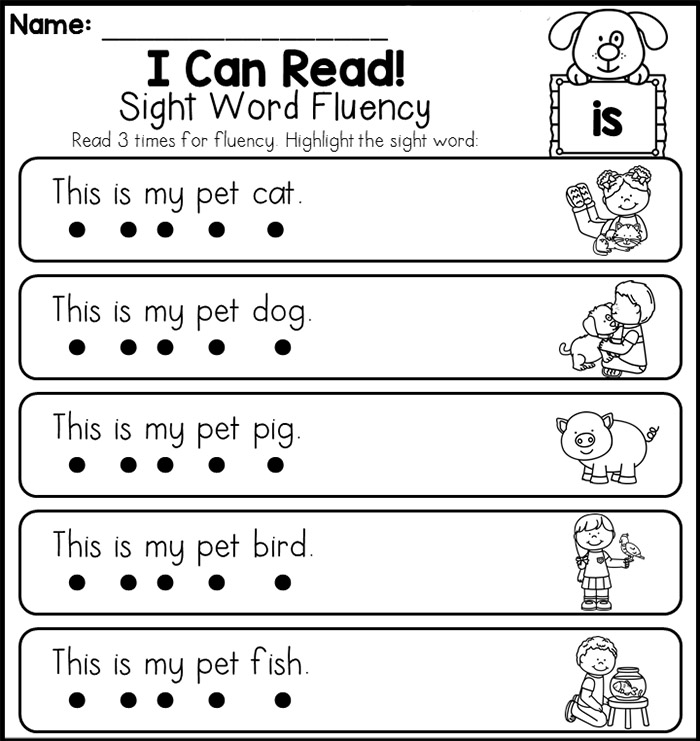
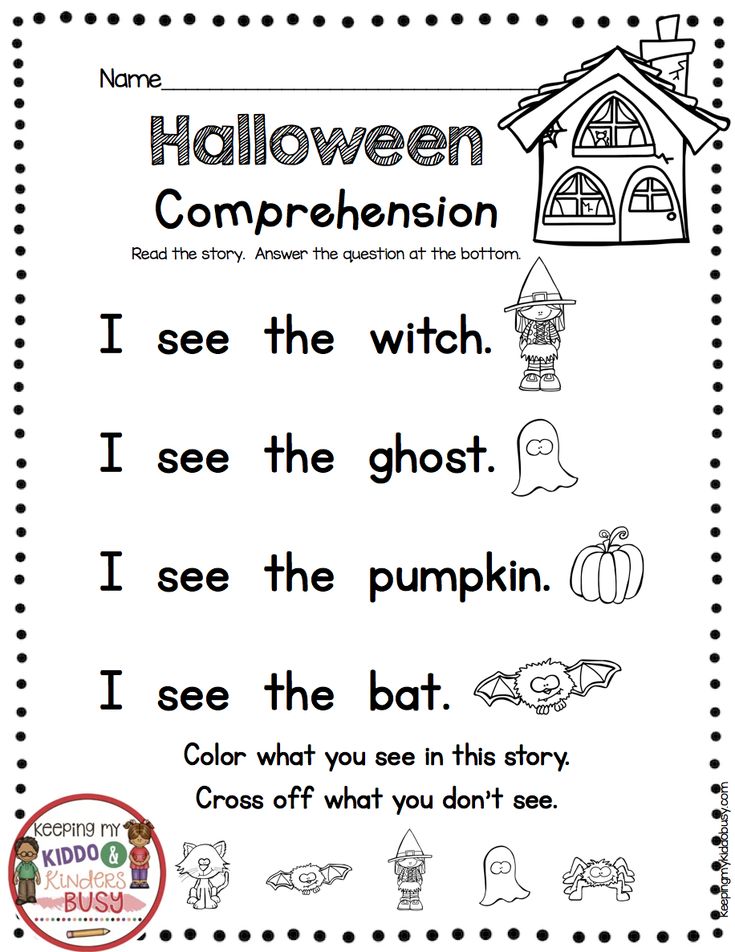
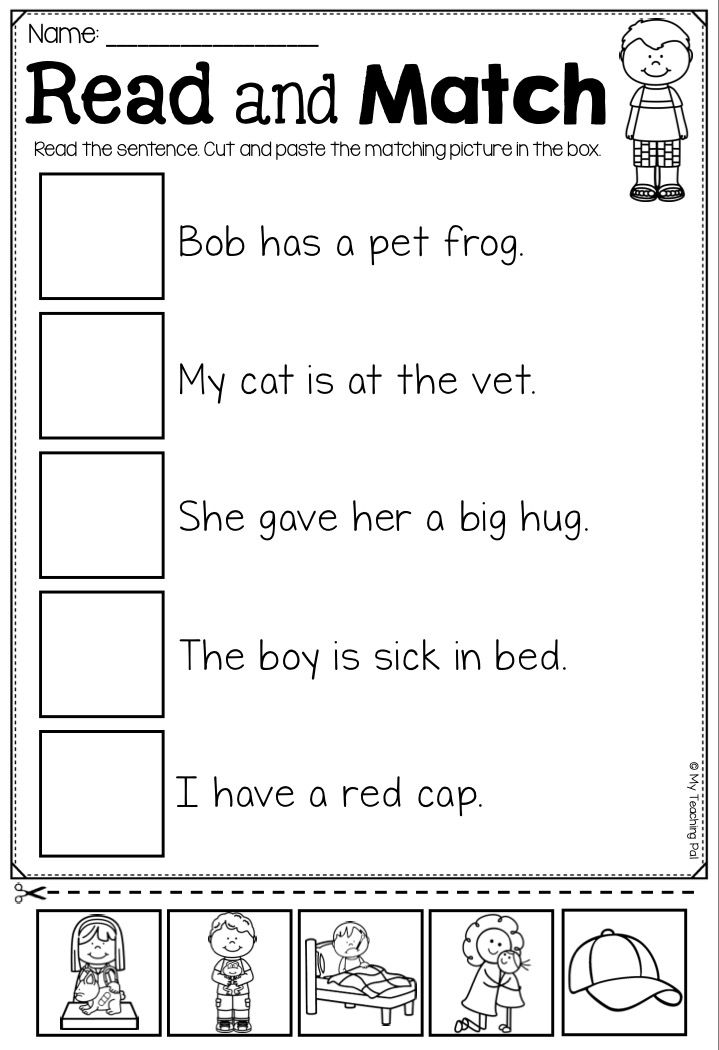
 What does it mean? For example, a child reads a sentence consisting of 6-8 words. Having read up to the third or fourth word, I forgot the first word. Therefore he cannot grasp the meaning of the sentence in any way, cannot link all the words together. In this case, you need to work on the RAM. This is done with with the help of the so-called visual dictations, the texts of which are developed Professor I. T. Fedorenko. In each of the 18 sets, there are six sentences. The peculiarity of these sentences is this: if the first sentence contains only two words - Snow is melting—8 letters, then the last sentence of the eighteenth set already consists of 46 letters. The increase in the length of sentences occurs gradually, according to one or two letters. The operating time with all 18 sets is approximately two month. Thus, in two months, RAM develops so much that the child can already memorize a sentence consisting of 46 letters, that is, from eight or nine words. Now he easily catches the meaning of the sentence, read to him becomes interesting, and therefore the process of learning to read goes much faster.
What does it mean? For example, a child reads a sentence consisting of 6-8 words. Having read up to the third or fourth word, I forgot the first word. Therefore he cannot grasp the meaning of the sentence in any way, cannot link all the words together. In this case, you need to work on the RAM. This is done with with the help of the so-called visual dictations, the texts of which are developed Professor I. T. Fedorenko. In each of the 18 sets, there are six sentences. The peculiarity of these sentences is this: if the first sentence contains only two words - Snow is melting—8 letters, then the last sentence of the eighteenth set already consists of 46 letters. The increase in the length of sentences occurs gradually, according to one or two letters. The operating time with all 18 sets is approximately two month. Thus, in two months, RAM develops so much that the child can already memorize a sentence consisting of 46 letters, that is, from eight or nine words. Now he easily catches the meaning of the sentence, read to him becomes interesting, and therefore the process of learning to read goes much faster.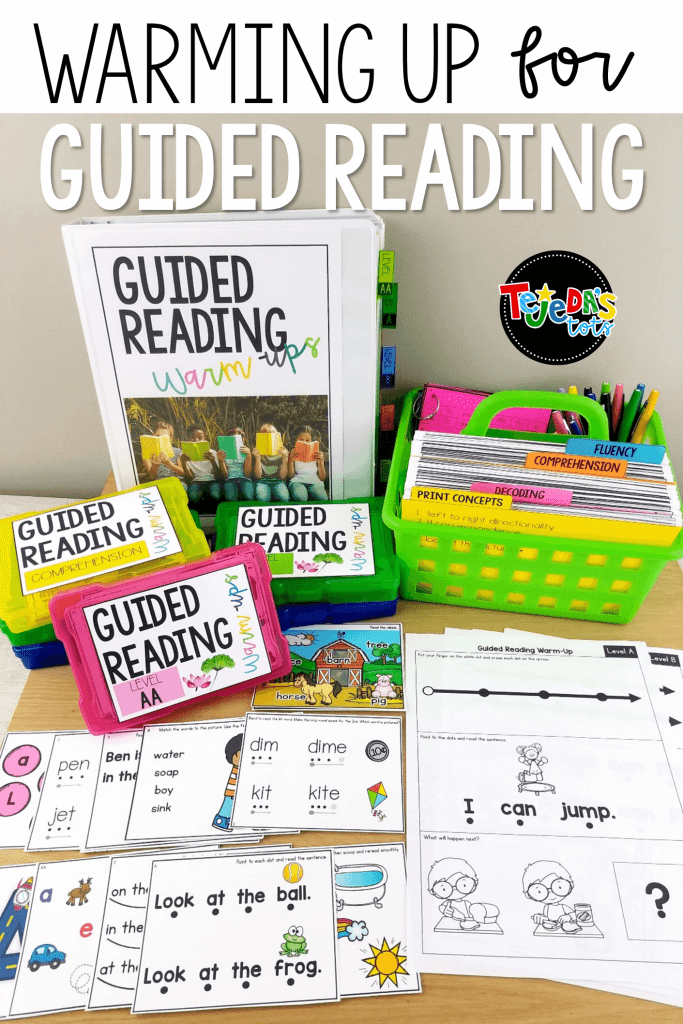
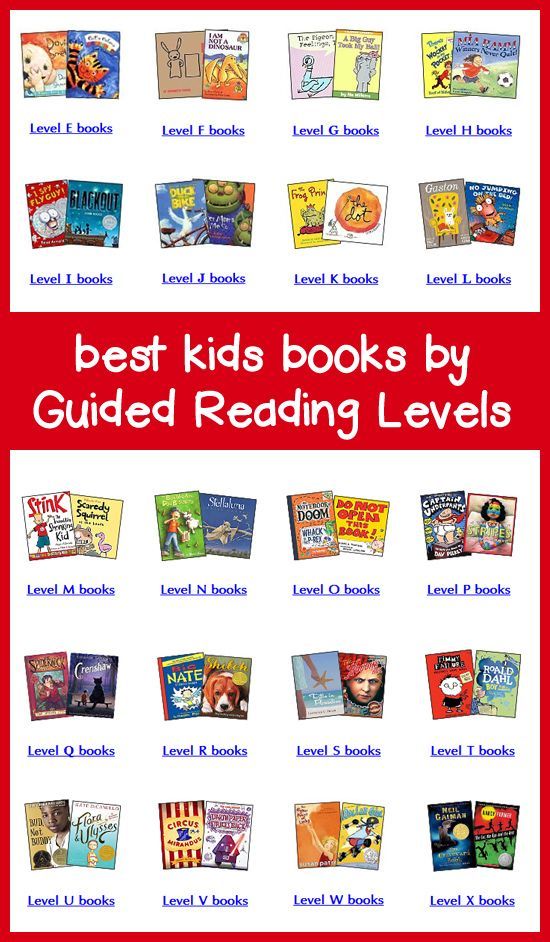 visual dictations must be written daily. If you write visual dictations every other day, then such training almost does not develop RAM. If you write in two on the third day, then you can not write at all - this does not give anything.
visual dictations must be written daily. If you write visual dictations every other day, then such training almost does not develop RAM. If you write in two on the third day, then you can not write at all - this does not give anything. 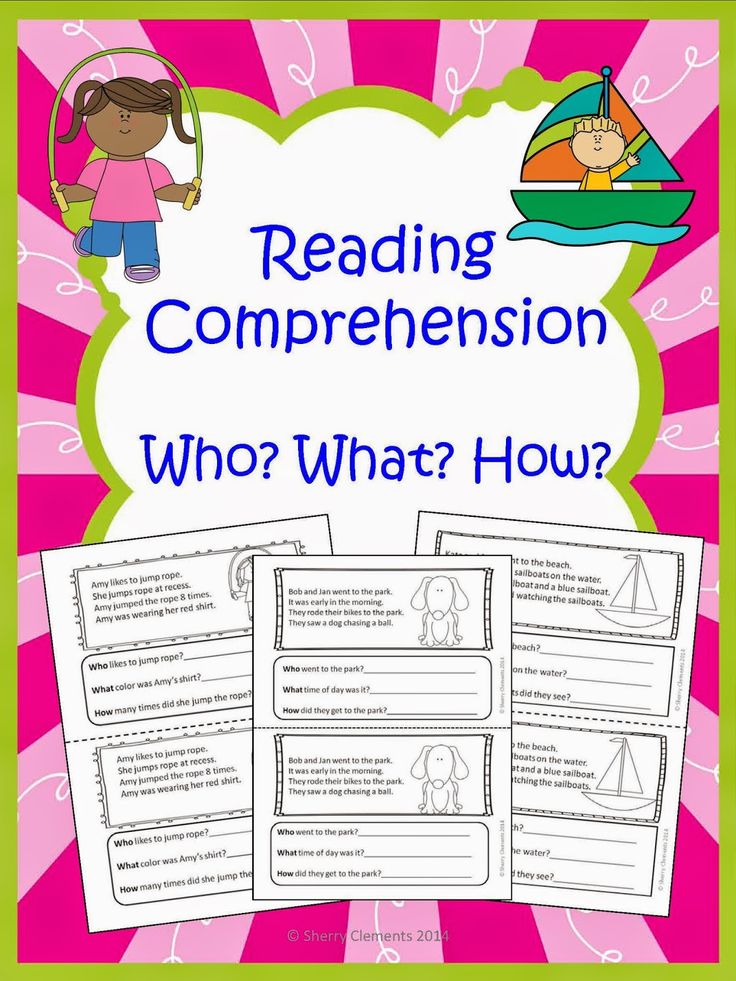 However, one should not read the same text more than three times. excerpt.
However, one should not read the same text more than three times. excerpt.  He smoothly moves to an unfamiliar part of the text. And here is done a small miracle, which consists in the fact that a child who has repeatedly read the same passage of text at an increased pace of reading, when switching to unfamiliar part of the text continues to read it at the same increased pace. His opportunities are not enough for a long time (half a line, a line), but if every day to carry out such exercises, then in the end the duration of reading at an increased tempo will increase. After two to three weeks, the child's reading is noticeable will improve.
He smoothly moves to an unfamiliar part of the text. And here is done a small miracle, which consists in the fact that a child who has repeatedly read the same passage of text at an increased pace of reading, when switching to unfamiliar part of the text continues to read it at the same increased pace. His opportunities are not enough for a long time (half a line, a line), but if every day to carry out such exercises, then in the end the duration of reading at an increased tempo will increase. After two to three weeks, the child's reading is noticeable will improve. 

